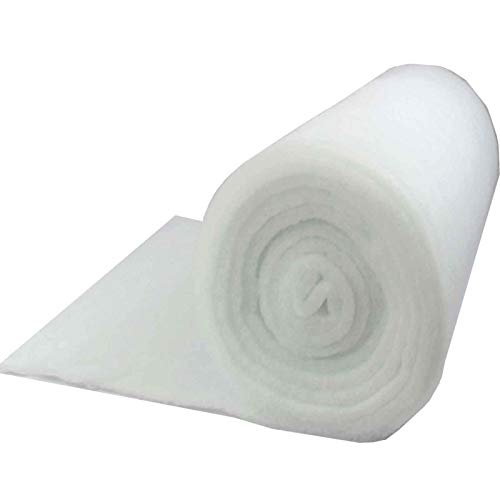Apr. 12, 2023
Environment
Air pollution is a growing concern worldwide, and many people are looking for ways to protect themselves and their families from harmful pollutants. One effective method of reducing exposure to air pollutants is by using air filters. Air filters come in different types, but the most common ones are made of fabric. The type of fabric used in air filters determines their effectiveness in filtering out pollutants. In this essay, we will discuss the best fabrics for air filters.

The effectiveness of an air filter is measured by its particle filtration efficiency (PFE). PFE is the percentage of particles that a filter can capture. The higher the PFE, the more effective the filter is in removing pollutants from the air. Therefore, the fabric used in air filters should have a high PFE.
Melt-blown fabric is a common material used in air filters. It is made by melting thermoplastic polymers and then extruding them into fine fibers. These fibers are then collected and formed into a sheet. Melt-blown fabric has a high PFE, making it an effective material for air filters. It can capture particles as small as 0.3 microns, including dust, pollen, and smoke.
Non-woven fabric is another material commonly used in air filters. It is made by bonding fibers together using heat, pressure, or chemicals. Non-woven fabric has a high PFE and can capture particles as small as 0.3 microns. It is also lightweight and easy to handle, making it a popular choice for air filter manufacturers.
Activated carbon fabric is a special type of fabric that contains activated carbon. Activated carbon is a material that has been treated with oxygen to make it porous. This increases its surface area, allowing it to adsorb pollutants from the air. Activated carbon fabric is effective in removing volatile organic compounds (VOCs) and odors from the air. However, it is not as effective in capturing small particles as melt-blown or non-woven fabric.
High-efficiency particulate air (HEPA) fabric is a type of filter that can capture particles as small as 0.3 microns with an efficiency of 99.97%. HEPA fabric is made from a combination of melt-blown and non-woven fabrics. It is a highly effective material for air filters, but it is also more expensive than other types of fabric.
In conclusion, the effectiveness of an air filter depends on the type of fabric used. Melt-blown fabric and non-woven fabric are both effective materials for air filters, with high PFE and the ability to capture particles as small as 0.3 microns. Activated carbon fabric is effective in removing VOCs and odors, but it is not as effective in capturing small particles. HEPA fabric is the most effective material for air filters, but it is also the most expensive. Ultimately, the choice of fabric depends on the specific needs and budget of the user.
If you are interested in sending in a Guest Blogger Submission,welcome to write for us!
All Comments ( 0 )